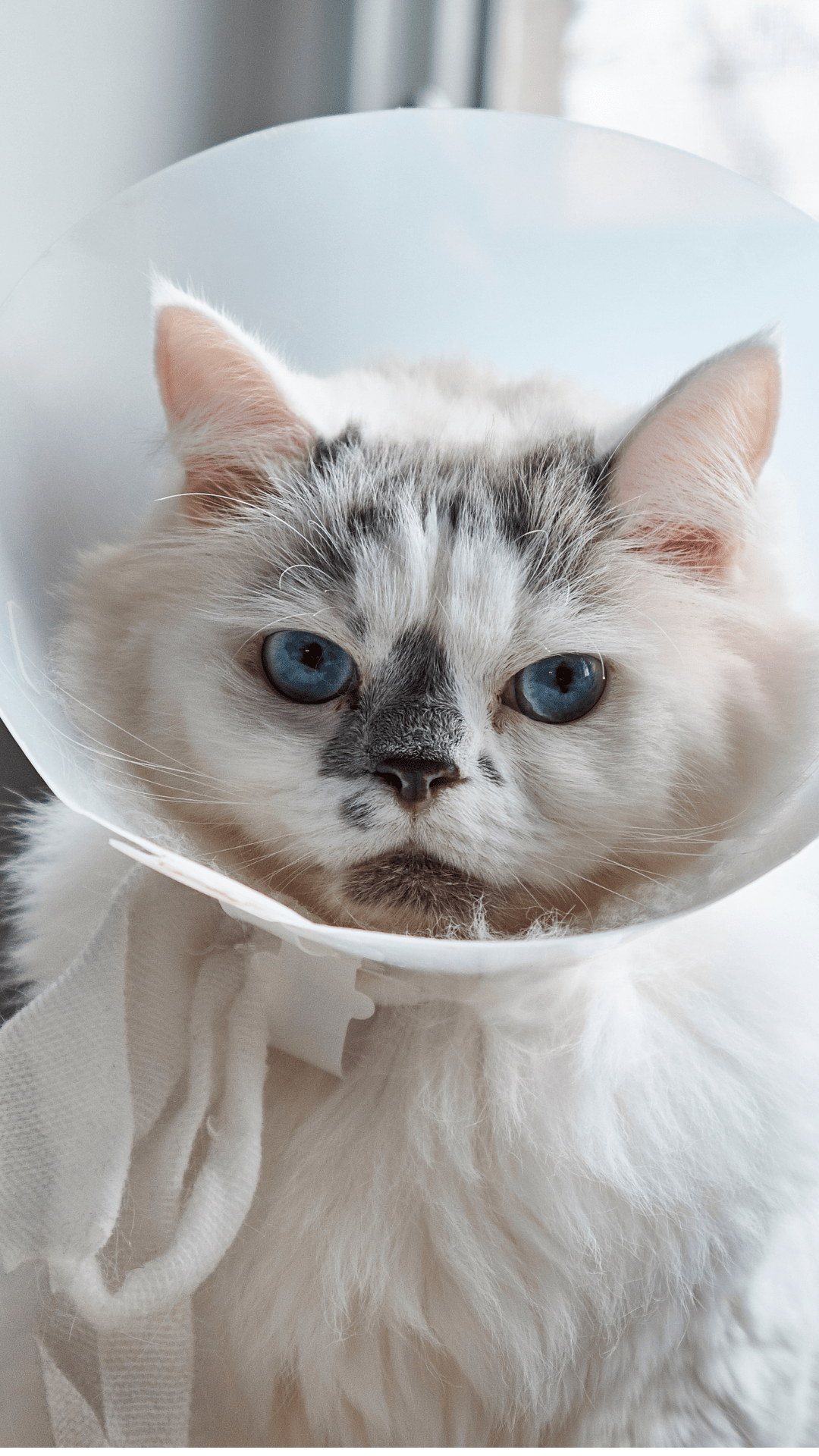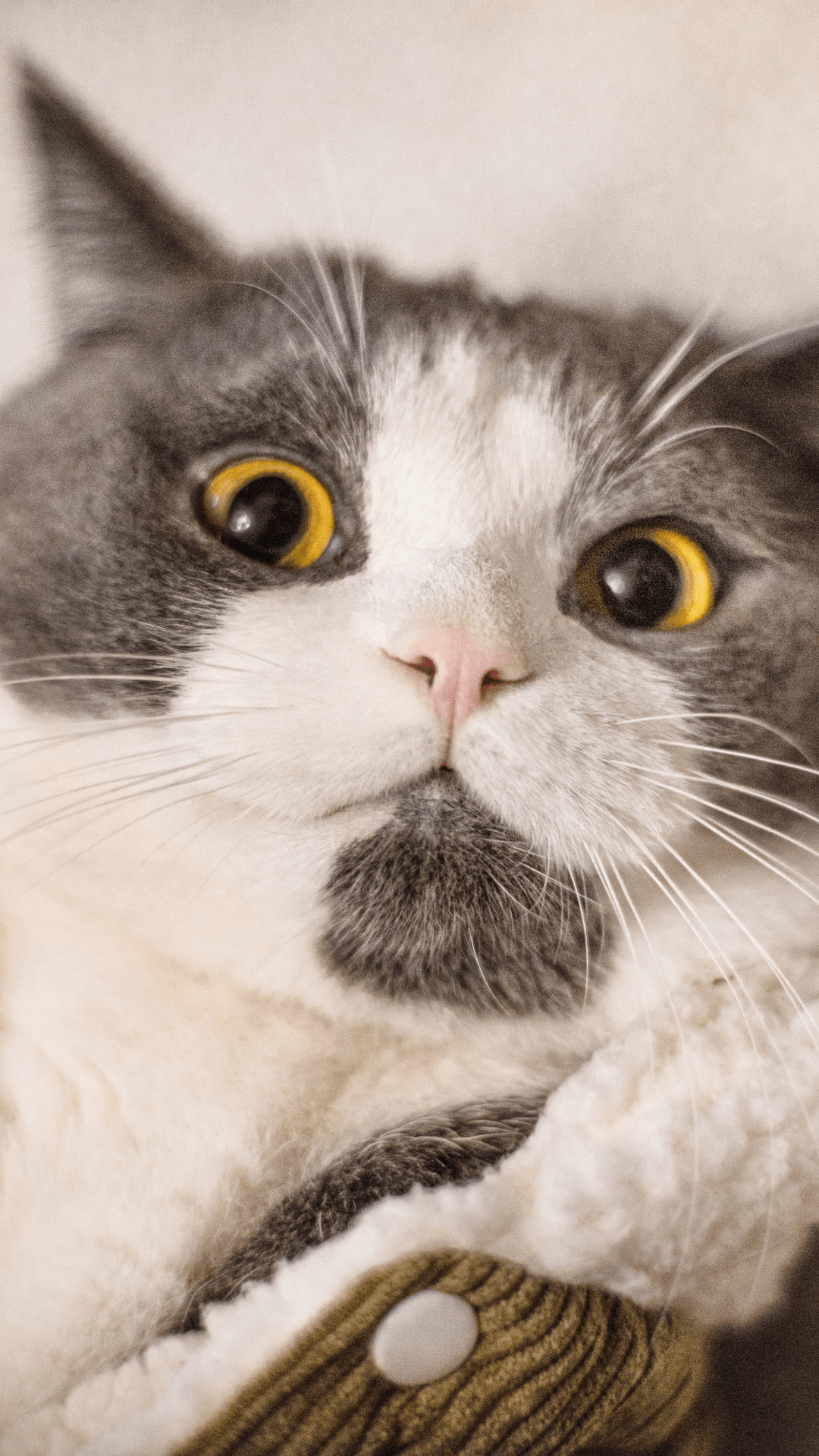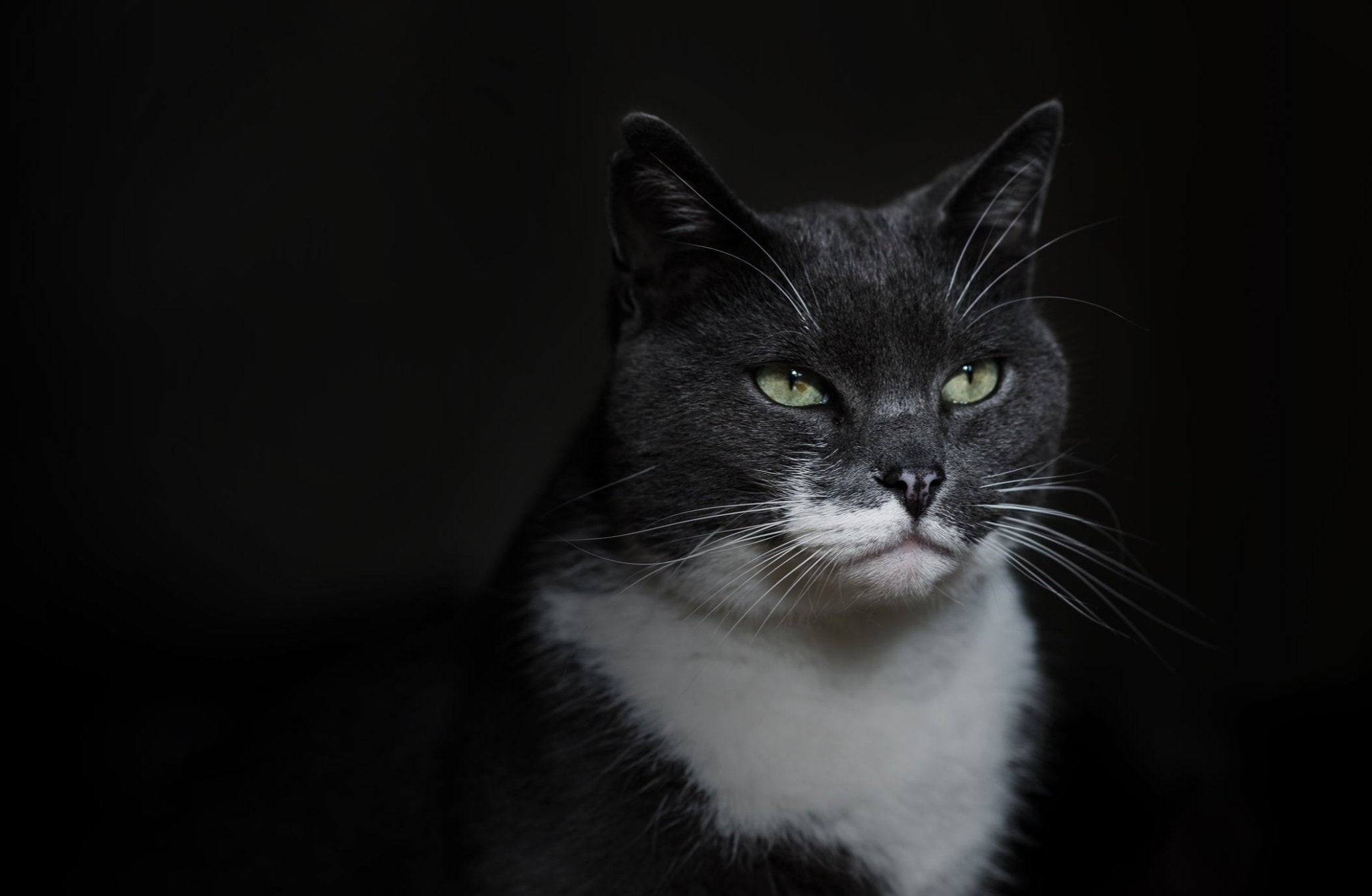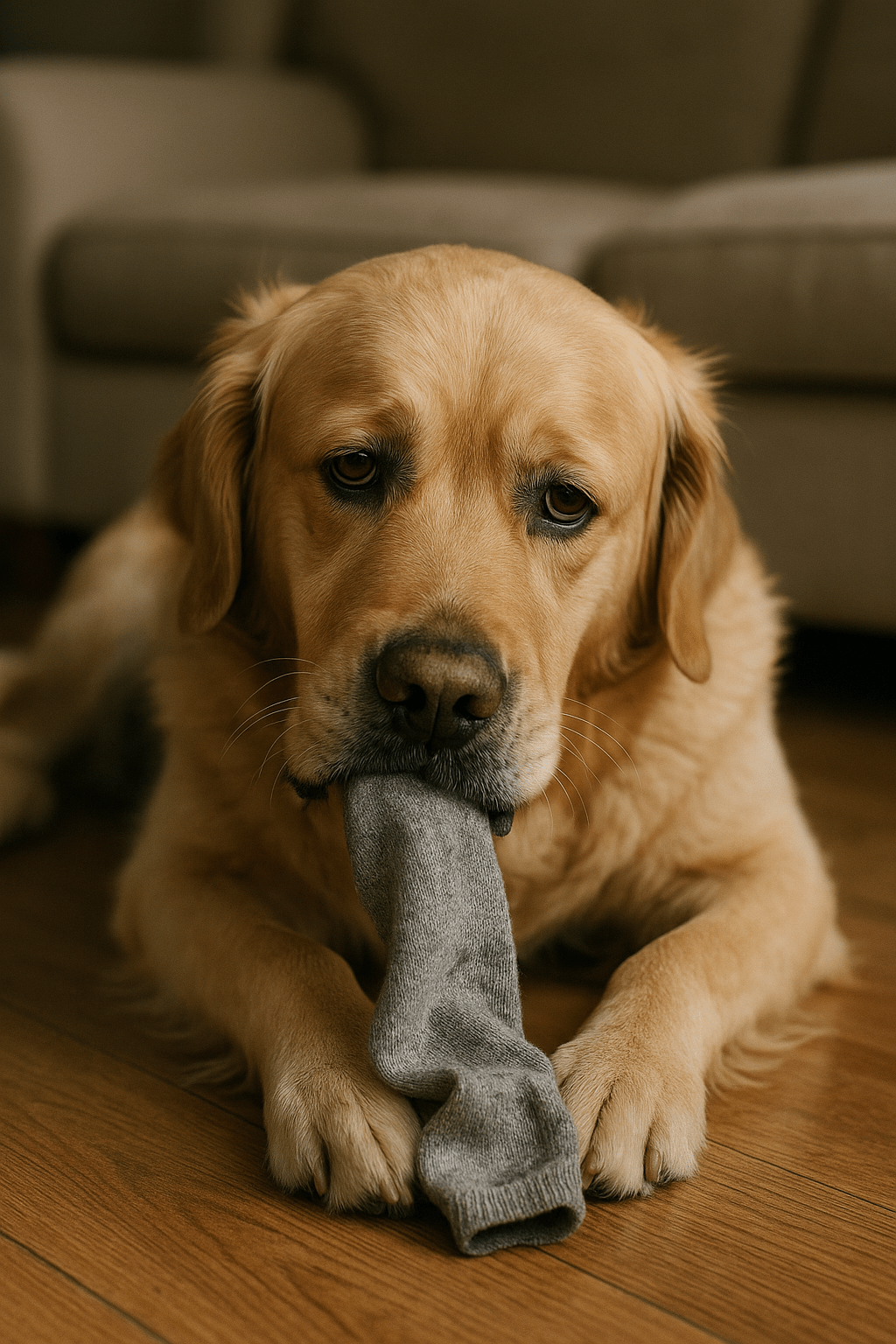Fleas are a common nuisance for pets and pet owners alike, often leading to discomfort, itching, and potential health issues. While flea infestations are commonly associated with cats, many pet owners wonder, can dogs catch cat fleas? Understanding the nature of flea transmission and the differences between fleas on dogs and cats is key to effectively managing flea problems.
Fleas, beyond being a bothersome issue for pets, can carry harmful pathogens such as Bartonella species and Dipylidium caninum, which pose risks to both pets and humans. Specifically, Bartonella henselae, often transmitted by fleas, can cause a range of health conditions in cats, from mild symptoms like lymphadenopathy to more severe issues such as myocarditis. This underscores the importance of maintaining effective flea control. By preventing flea infestations, pet owners can help mitigate the risk of these pathogen transmissions.
What Are Fleas, and Where Do Dog Fleas Live?
Fleas are small, parasitic insects that feed on the blood of their hosts. Dog fleas (Ctenocephalides canis) are primarily found on dogs, while cat fleas (Ctenocephalides felis) are most commonly found on cats. However, fleas are not picky, and they can easily jump from one host to another, particularly in shared environments.
Fleas live in the fur or on the skin of their host, where they can breed and lay eggs. The eggs fall off the host and hatch into larvae, which then pupate and emerge as adult fleas. Fleas thrive in warm, humid conditions, which is why they often infest pets living in homes with carpeting, bedding, or other areas where eggs can hatch and larvae can develop.
Flea Species and Types of Fleas
Not all fleas are the same! There are different species of fleas that affect pets, wildlife, and even humans. Understanding the kinds of fleas that might infest your pet can help with targeted prevention and treatment.
Types Of Fleas UK
- Ctenocephalides felis (Cat Flea) – The most common flea species affecting both cats and dogs. Despite its name, it is responsible for most flea infestations in dogs as well (Rust & Dryden, 1997).
- Ctenocephalides canis (Dog Flea) – Less common than the cat flea but can still infest dogs and other animals (Beugnet et al., 2021).
- Pulex irritans (Human Fleas UK) – While rare in modern households, this flea insect can bite humans and animals. Human flea size is slightly larger than pet fleas, reaching about 1.5–4 mm (Bitam et al., 2010).
- Echidnophaga gallinacea (Sticktight Flea) – Often found on poultry but can attach to dogs and cats, especially around the face and ears (Durden & Hinkle, 2019).
Different Kinds of Fleas and Their Hosts
Fleas are not exclusive to pets; they can infest a variety of animals. Here are some different flea types:
- Pet Fleas – Found on dogs and cats.
- Wildlife Fleas – Infest foxes, rabbits, and rodents, sometimes transferring to pets.
- Human-Associated Fleas – Although uncommon today, the human flea and some rodent fleas can bite people (Bitam et al., 2010).
- Bird Fleas – Typically found in nests but can occasionally jump onto household pets (Durden & Hinkle, 2019).
While there are different kinds of fleas, most pet infestations are caused by the cat flea. Identifying the flea animal responsible for an infestation can help you choose the right treatment and prevention strategy.
Many pet owners wonder if dog fleas (Ctenocephalides canis) can infest cats, especially when both types of pets share the same home. The short answer is yes, dog fleas can live on cats, though they are more commonly found on dogs. Let’s take a closer look at why this happens and how it affects flea control.
Adaptability of Fleas
While dog fleas prefer living on dogs, they are not strictly species-specific. Dog fleas are opportunistic feeders, meaning they will seek any available host to feed on, including cats. Fleas, whether they are cat fleas (Ctenocephalides felis) or dog fleas, are ectoparasites that feed on blood to sustain themselves and reproduce. Therefore, if a dog flea finds itself on a cat, it can still survive and feed on the cat’s blood.
Host Switching Behavior
Fleas are capable of switching hosts. This behavior is not unique to dog fleas; cat fleas (Ctenocephalides felis) also exhibit this trait. If a flea that typically prefers a dog jumps onto a cat, it can continue to live, feed, and reproduce on the cat. This flexibility in flea behavior is one reason why dog fleas can live on cats in multi-pet households, especially if the pets share common spaces or outdoor areas.
What Do Dog Fleas Look Like To The Human Eye?
Dog fleas (Ctenocephalides canis) are dark brown to black in colour and are slightly larger than cat fleas. If you’re trying to spot fleas on a black dog, their dark colour can make them difficult to see. In terms of size, how big is a dog flea? They typically measure around 1.5–4 mm in length. If you’re wondering what do dog fleas look like or what does a dog flea look like, they have long legs for jumping and a laterally compressed body that helps them move through fur efficiently (Beugnet et al., 2014).
Head of Dog Flea (round head, shorter comb on the neck & shorter abdomen)
What Do Cat Fleas Look Like and What Colour Are Cat Fleas?
Cat fleas (Ctenocephalides felis) are reddish-brown and can be hard to detect, especially on dark-furred pets. This makes spotting fleas on a black cat particularly difficult. In terms of size, how big is a cat flea? Adult cat fleas measure about 1–3 mm in length. Their flattened bodies and long hind legs help them move swiftly through fur and jump impressive distances. If you’re wondering what do cat fleas look like or what does a cat flea look like, they are small, wingless insects with a tough, laterally compressed body, allowing them to navigate a pet’s coat efficiently (Rust & Dryden, 1997).
Head of a Cat Flea (longer head, longer comb and longer abdomen)

Does Every Dog Have Fleas?
Not every dog has fleas, but fleas are common and can infest nearly any pet if given the opportunity. Fleas may not always be immediately visible, especially in the case of light infestations. Regular grooming and checks for fleas, particularly during flea season, are essential for identifying any problems early.
Can Cat Fleas Live on Dogs?
The answer is yes. While cat fleas are primarily associated with cats, they can indeed live on dogs. This begs the question: Can dogs catch cat fleas? Absolutely. Cat fleas are highly adaptable and will seek any warm-blooded host for a blood meal, including dogs. A flea infestation in one pet can easily spread to other pets in the household, particularly if they share living spaces like beds, furniture, or even outdoor areas.
Are Fleas on Cats and Dogs the Same?
While both dogs and cats can host cat fleas, there is an important distinction between dog fleas and cat fleas. Cat fleas are more common and have a broader range of hosts, including both cats and dogs. Dog fleas, on the other hand, prefer to infest dogs. However, because cat fleas are so adaptable, they can easily be found on dogs and in the environment shared by both species.
Cat fleas vs dog fleas essentially refers to the difference in flea species, but the real concern for pet owners is how fleas from one host can jump to another.
Can Dogs Get Cat Fleas and will Cat Fleas Live on a Dog?
Yes, dogs can get cat fleas, which is why it’s important for pet owners to address flea infestations in all pets, regardless of whether they are primarily cats or dogs. Cat fleas can go on dogs, especially if they share the same living environment, including outdoor spaces where fleas can jump from one host to another.
Cat fleas will live on a dog if they find an opportunity. They thrive in the warm, humid environment of your pet’s fur, where they feed on the dog’s blood. They are adept jumpers and can move easily between pets in shared spaces.
Why Are Fleas Different for Cats and Dogs?
Though both cats and dogs are susceptible to flea infestations, are fleas different for cats and dogs in the sense that the fleas themselves are not breed-specific? The difference lies in how each species reacts to fleas. Fleas on cats can sometimes cause more severe allergic reactions because of the greater likelihood of sensitivity to flea saliva. However, both cats and dogs may suffer from symptoms like itching, inflammation, and skin infections caused by flea bites.
How Fleas Are Transmissible Between Cats and Dogs
Fleas, both cat fleas (Ctenocephalides felis) and dog fleas (Ctenocephalides canis), are opportunistic feeders, meaning they will seek any available host, including cats and dogs. Fleas are excellent jumpers, able to leap distances up to 200 times their body length, making it easy for them to switch hosts, particularly in environments shared by both species.
Even though dog fleas prefer dogs, they can easily infest cats, especially in multi-pet households. Similarly, cat fleas can switch between hosts, living on both cats and dogs. This host-switching behavior is common among fleas and leads to cross-species infestations. Fleas that jump from one host to another can cause infestations in both dogs and cats in the same household, highlighting the importance of comprehensive flea control.
How to Prevent Flea Infestations
Preventing fleas from infesting your pets involves a combination of keeping your environment clean and using effective flea control treatments. Some strategies include:
- Regular flea prevention treatments for both dogs and cats (e.g., topical treatments, flea collars, or oral medications)
- Keeping pets indoors during peak flea seasons or treating outdoor areas where fleas can breed
- Regularly vacuuming your home and washing your pets’ bedding
Conclusion
In conclusion, while cat fleas vs dog fleas may seem like a distinction, the reality is that cat fleas can easily transfer between pets, including to dogs. Fleas are a significant issue that can affect both cats and dogs, and preventing infestations requires diligent care from pet owners. Keeping both cats and dogs on regular flea prevention plans and maintaining a clean environment will go a long way in ensuring your pets stay comfortable and flea-free.
For the ultimate A-Z guide on all the types of flea, tick & worm medication click on this link here: Flea Treatment For Cats & Dogs
Our comprehensive guide on holistic flea treatments, is a good read for those looking for alternatives to chemical mananagement of fleas.
References
Beugnet, F., Franc, M., & Cadiergues, M. C. (2014). Comparative efficacy of flea control strategies in dogs. Parasite, 21(1), 56. https://doi.org/10.1051/parasite/2014056
Koehler, P. G., & Patterson, R. S. (1998). Flea infestations in dogs and cats. Journal of the American Veterinary Medical Association, 212(6), 795-799.
Kunkle, B. A. (2009). Flea control: Current therapies and preventive measures. Veterinary Clinics of North America: Small Animal Practice, 39(4), 695-711.
Perry, P. (2014). Flea infestation and its control. Journal of Veterinary Dermatology, 25(2), 72-79.
Rust, M. K., & Dryden, M. W. (1997). The biology, ecology, and management of the cat flea. Annual Review of Entomology, 42(1), 451–473 https://doi.org/10.1146/annurev.ento.42.1.451
Springer Nature. (2019). The risk of flea-transmitted pathogens in cats and dogs. Parasites & Vectors, 12, 45. https://doi.org/10.1186/s13071-019-3326-x















Share:
What flea treatment do vets use?
My Dog or Cat Still Has Fleas After Treatment